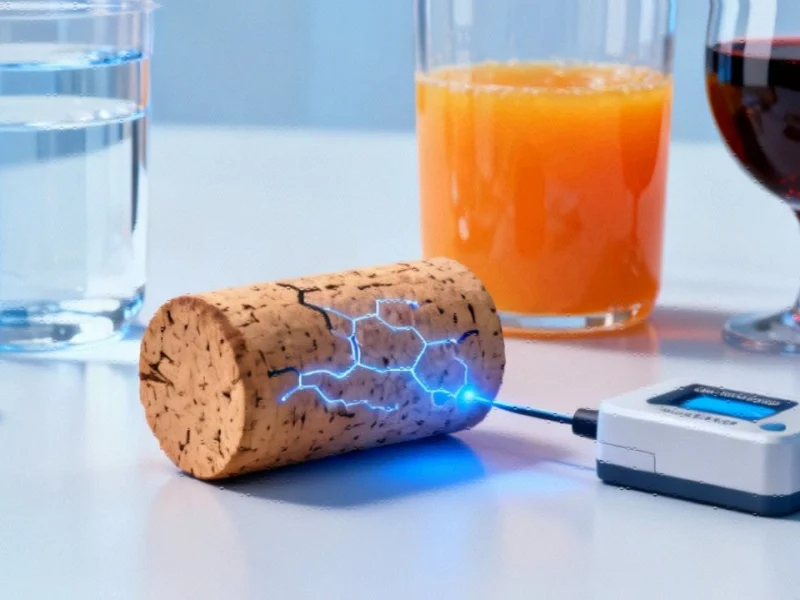Revolutionizing Drug Delivery with Charged Nanogel Technology
In the rapidly evolving field of nanomedicine, researchers have developed a groundbreaking approach to drug delivery using cationic peptide-based nanogels that effectively transport negatively charged therapeutic molecules. This innovative technology addresses one of the most persistent challenges in pharmaceutical science: efficiently delivering anionic compounds like nucleic acids and proteins to their intended targets while protecting them from degradation.
Table of Contents
- Revolutionizing Drug Delivery with Charged Nanogel Technology
- The Nanogel Advantage in Pharmaceutical Applications
- Overcoming Negative Charge Delivery Barriers
- Innovative Formulation Strategies
- Advanced Characterization and Validation
- Practical Applications and Loading Efficiency
- Future Implications for Pharmaceutical Development
The Nanogel Advantage in Pharmaceutical Applications
Nanogels represent a sophisticated class of nanoscale delivery systems that combine the protective qualities of hydrogels with the precision of nanoparticle technology. Unlike traditional delivery methods, these systems offer unprecedented control over drug release profiles and can be engineered to respond to specific biological triggers. The unique structural properties of nanogels allow them to encapsulate delicate therapeutic agents while maintaining stability in biological environments.
What sets these systems apart is their ability to be precisely tuned through peptide functional elements, creating customized delivery platforms for specific medical applications. This level of control represents a significant advancement over conventional nanoparticle systems that often struggle with charge compatibility issues., according to emerging trends
Overcoming Negative Charge Delivery Barriers
Traditional nanocarriers like liposomes and polymeric micelles face significant limitations when dealing with negatively charged molecules. Their inherent anionic nature creates electrostatic repulsion that hinders effective encapsulation of crucial biopharmaceuticals including siRNA, miRNA, and various gene-silencing agents. This limitation has forced researchers to rely on surface adsorption methods that leave therapeutic compounds vulnerable to enzymatic degradation., according to market trends
The development of cationic nanogels marks a paradigm shift in this approach, creating systems specifically designed to attract and protect negatively charged molecules through favorable electrostatic interactions. This breakthrough eliminates the need for compromise in drug formulation and protection strategies.
Innovative Formulation Strategies
The research focused on creating nanogels from mixed hydrogel matrices combining Fmoc-diphenylalanine (Fmoc-FF) with specially designed cationic amphiphilic peptides (CAPs). These CAPs feature a unique (GK)3 hexapeptide sequence modified with varying alkyl chain lengths (C16 and C18) at their N-terminus, creating the positive charge necessary for effective anionic molecule interaction., as additional insights
Key formulation aspects included:, according to recent studies
- Utilization of polysorbate 80 and sorbitane monooleate 80 as stabilizing surfactants
- Comprehensive characterization using advanced analytical techniques
- Multiple loading strategies for optimal molecule incorporation
- Rigorous stability and compatibility testing
Advanced Characterization and Validation
Researchers employed a comprehensive suite of analytical techniques to validate the nanogel systems:
- Dynamic Light Scattering (DLS) for size distribution and stability assessment
- Circular Dichroism (CD) and FT-IR spectroscopy for structural analysis
- Small-Angle X-ray Scattering (SAXS) for detailed organizational mapping
This multi-technique approach confirmed that the nanogels maintained their structural integrity while providing the necessary positive surface charge for effective anionic molecule interaction. The systems demonstrated excellent shelf stability and consistent performance across multiple production batches.
Practical Applications and Loading Efficiency
Using AlexaFluor 430 as a model anionic pharmaceutical agent, researchers tested two primary loading strategies: core encapsulation and surface adsorption. Both methods showed promising results, with careful optimization of encapsulation efficiency percentage (EE%) and encapsulation ratio percentage (ER%) parameters.
The successful loading and release of the model compound demonstrates the practical viability of these systems for real-world pharmaceutical applications. In vitro testing further confirmed excellent cytocompatibility, addressing crucial safety considerations for future clinical applications.
Future Implications for Pharmaceutical Development
This research opens new possibilities for delivering previously challenging therapeutic compounds, particularly in the growing field of nucleic acid-based medicines and protein therapeutics. The ability to efficiently encapsulate and protect negatively charged molecules while maintaining controlled release profiles represents a significant advancement in drug delivery technology.
As pharmaceutical companies increasingly focus on biologics and gene-based therapies, cationic nanogel technology provides a versatile platform that could accelerate development timelines and improve therapeutic outcomes across multiple disease areas.
The successful formulation and characterization of these systems marks an important milestone in nanomedicine, potentially enabling more effective treatments for conditions that have proven difficult to address with conventional delivery methods.
Related Articles You May Find Interesting
- GraphComm Unveils Cellular Dialogue Through Advanced Graph Learning in Single-Ce
- Breakthrough in Chiral Chemistry Enables High-Precision Molecular Transformation
- Copper Pollution Patterns Reveal Human Impact on Major Asian Estuaries, Study Fi
- New Open-Source Platform Enables Remote Health Monitoring for At-Risk Elderly Po
- Academic Publishing Faces Growing Threat From Fabricated Researcher Identities
This article aggregates information from publicly available sources. All trademarks and copyrights belong to their respective owners.
Note: Featured image is for illustrative purposes only and does not represent any specific product, service, or entity mentioned in this article.



